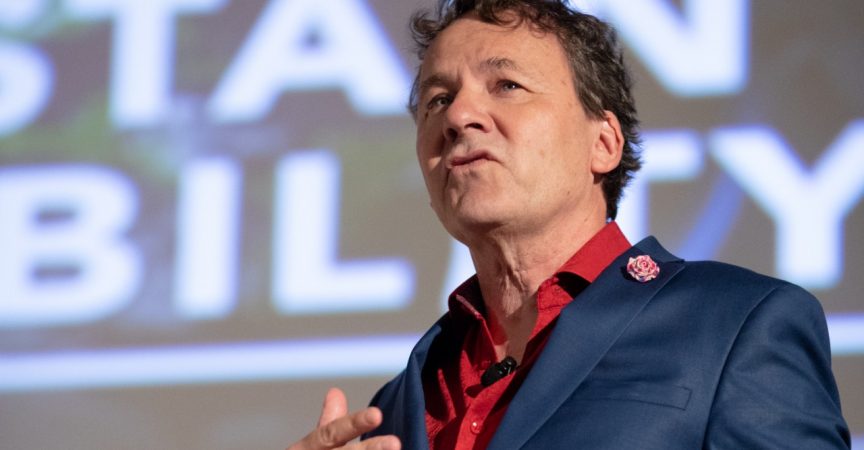From a Place to Eat to the Place to Be: Why restaurants shouldn’t overlook the in-person experience
The mobile phone has become a vending machine that puts the world within arms’ reach of desire. Consumers can curate, navigate, aggregate, facilitate, post, chat, bank, invest, game, watch, book and buy. They can summon chariots like Uber Eats and Skip the Dishes that come to your door laden with food.
While third party delivery services are highly convenient for the consumer, they can be a challenge to leverage effectively and efficiently for the restaurant sector. The increasingly popular ghost kitchen model competes without the fixed expenses of a traditional brick and mortar. Yet the fact remains that we are now in an ‘economy of convenience’ and if you’re not taking advantage of delivery services, you may be missing out on a potentially large customer market.
Nevertheless, the in-person experience if a brick and mortar restaurant should not be discounted or underestimated.
‘Apps are a convenience, but they are not an experience’.
The recipe for great restaurants, from fine dining to a counter diner is the overall experience. It is the theatre, presentation, and conversation, combined with exceptional food that puts smiles on customers’ faces and has them coming back for more.

We have to be more than a place to eat, for our customers, we must become their place to be. Doing this can help ensure repeat customers and increased awareness, therefore boosting your bottom line. To do this, operators need to leverage every touch point in-store.
Let’s start with our menu. If a restaurant is a play, food and drink are the scripts. Nothing begins without them. We must breathe more life in our preparation, presentation and narration. The origins of the recipe, the providence of the food, the passion behind the creations.
Our four walls are our stage. What props are we using on our exterior to invite people off the street? What are their first impressions as they look over the menu, peer into your windows, and walk through your doors? Are we telling a story? Is it instagrammable?
Our staff are talented actors. No one wants to watch an actor struggle through their lines. Likewise, customers can tell when a staff member is unengaged and it’s uncomfortable and unimpressive. As much as customers are looking for tasty food, they’re also seeking out an excellent service experience. Are your staff willing to go the extra mile for a diner? When recruiting and hiring, keep this mind. Hire for attributes and personality, not just proficiency and competency.
The final layer on the in-person experience is your marketing strategy. Food porn is always beautiful but in an empty restaurant, it doesn’t signal fun energy that guests will be drawn to. Your advertising should bring to life what you want dining guests to experience when they come together to eat, drink, and yes – be merry.
None of us are in the food business; we are in the sensory business. The sights and smells, the tastes and textures, and the unique nuances of that make it your place to be.
In a world of multi-tasking, blinding screens, and life getting faster and more hectic, are people not needing an oasis where they can escape Facebook and be face to face with humanity?
Is that not more appetizing than apps?







